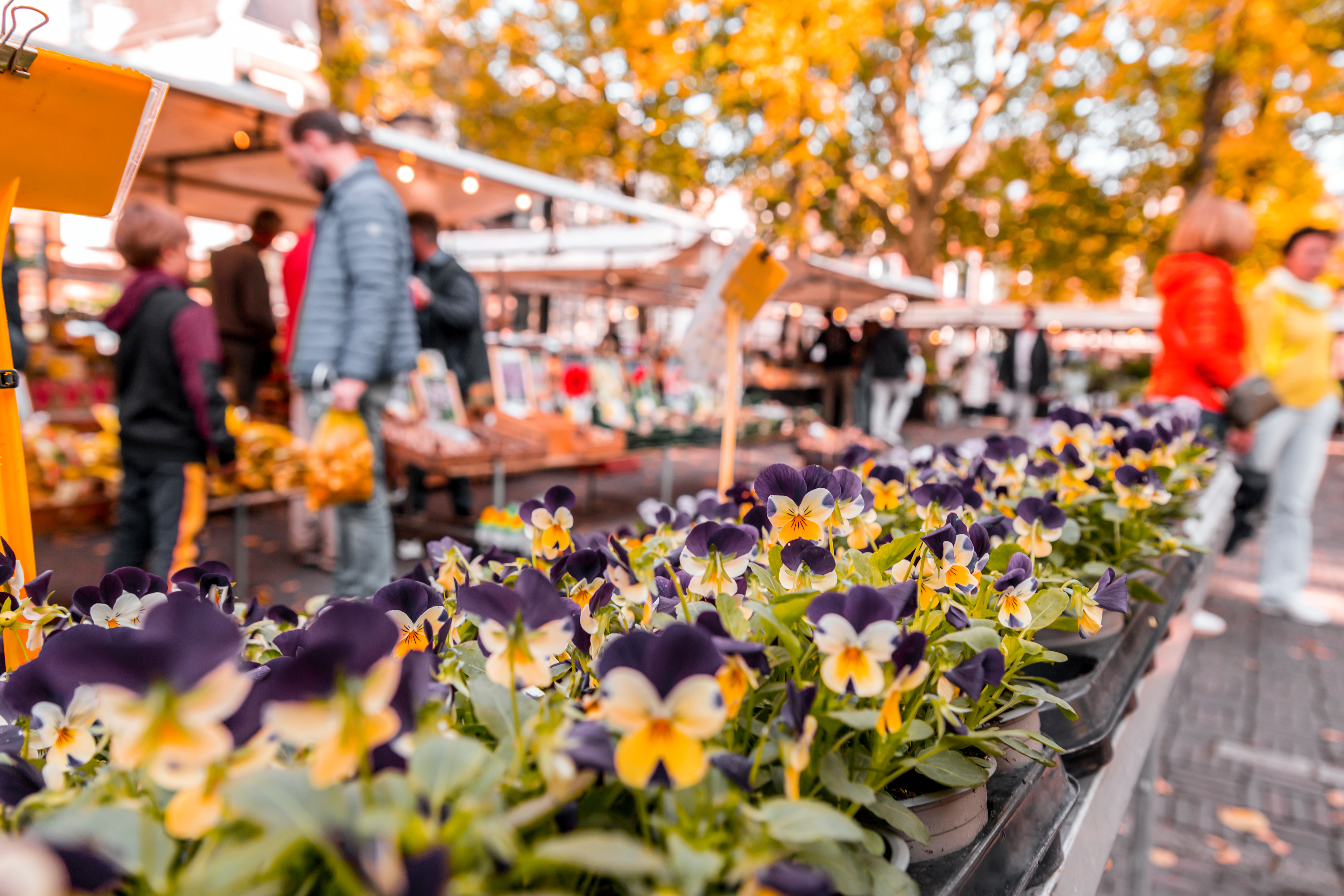
Ahead of the UK general election on Thursday (4 July), horticultural groups on either side of the English Channel have published an open letter pressing the need for reconsideration of the measures included in the Border Target Operating Model (BTOM).
James Barnes, chairman of one of the signatories, the UK’s Horticultural Trades Association (HTA), said:
“The general election has diverted political attention from a crisis in how we supply the UK’s 30m gardeners, the viability of a sector worth £28.8bn to GDP and employing almost 700,000 jobs.
“With the election just days away, the industry is calling for urgent engagement and action to ensure the UK’s border policy is fit for moving plants and flowers this season and to sustain future green growth.”
Open letter
The UK’s HTA and six European trade bodies from the sector have asked for “engagement and action on costs, systems, data, and plans—essential for any future business planning”.
The calls come two months after the start of BTOM’s second phase on 30 April, which introduced inspections on medium- and high-risk animal and plant products. During this time, the organisation reports “hearing deep concerns about the detrimental impact of the UK’s border policy on horticulture”.
Costs
In the letter, signatories estimate that BTOM has led to a cost increase of 25%, which it attributes to “increased application times, longer journey times, increased stock damage, increased port costs, and increased check costs”.
They highlight that these risks are higher for businesses that use groupage – those with insufficient goods to fill a shipping container, requiring them to ship their goods with other company’s – and that the one-month delay for invoicing the Common User Charge, part of the second phase of BTOM, has created cash flow problems for some firms.
The monetary and personal costs of delays at the border were also noted. Taking the example of a haulier firm stopped 25 times during the first week that new rules were implemented, the total cost of delays was calculated at £38,000, projected to £1.5m over the course of 12 months.
The letter also highlighted the plights of drivers who have spent “long hours spent waiting on docksides” under circumstances described as “inhumane”, following reports that many have regularly waited 20 hours at Dover’s Border Control Point in Sevington without the facilities to wash or eat a full meal.
Systems failures
The letter also addressed fallout from systems changes. Against government aspirations that the BTOM would create a more efficient, modern border, signatories claim “it just adds cost, time and frustration”.
The biggest issue noted is that “no single entity has an overview of where a consignment is in its journey”, with parties at each stage of journey depending on each other to receive updates. This has created problems, the signatories suggest.
While an automatic notification is sent to let a haulier know goods have been selected for inspection, no corresponding notification is sent to say the goods have been released. A lack of integration between this system and the driver’s messaging service creates “a manual process of contacting the driver to let them know they do not need to report for a check”.
Defra
The Department for the Environment, Farming and Rural Affairs (Defra) recently released a set of BTOM guidance to traders, covering good practice when completing online documentation, including where and when to take scheduled breaks around inspections.
The department also vowed to crack down on traders deliberately completing documentation incorrectly in order to minimise checks and costs last week.
The government has said that the model allows the UK to "harness our new freedom to set our own border policy and integrate the technological transformations set out in our 2025 UK Border Strategy".


